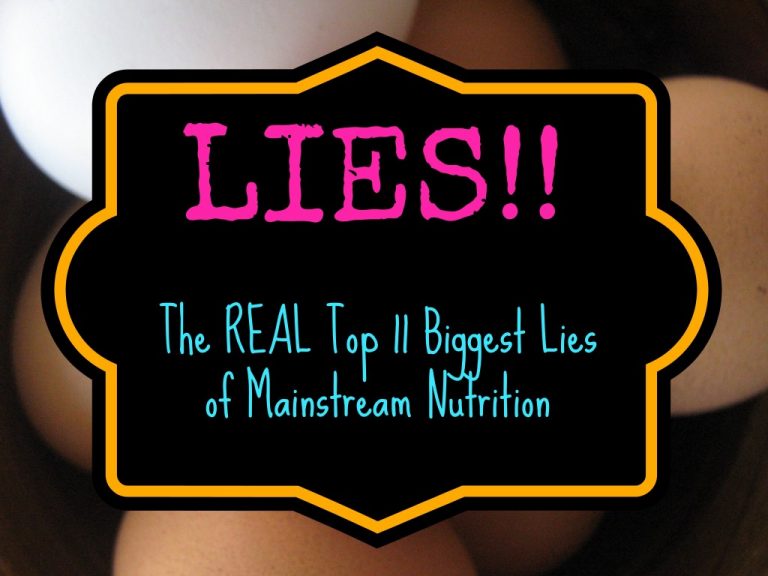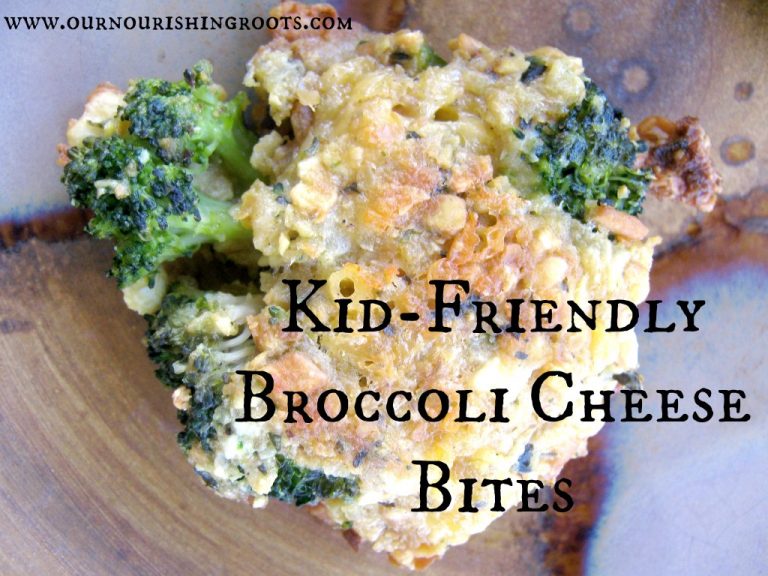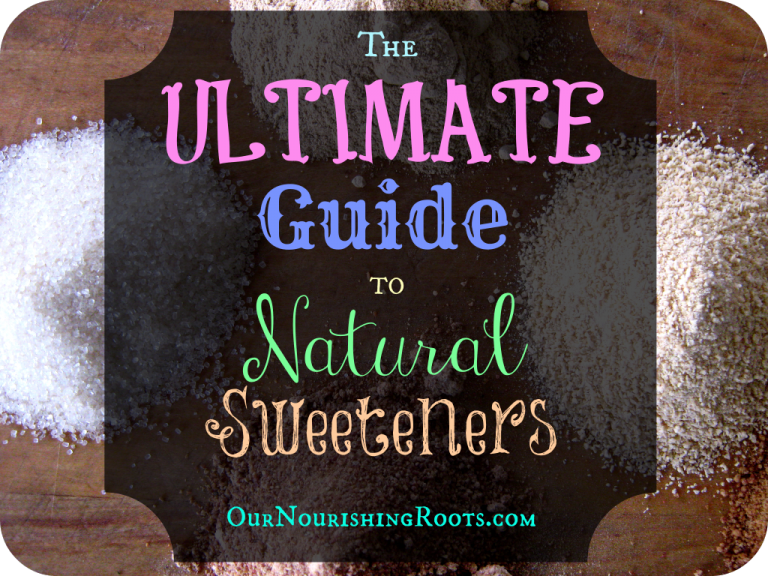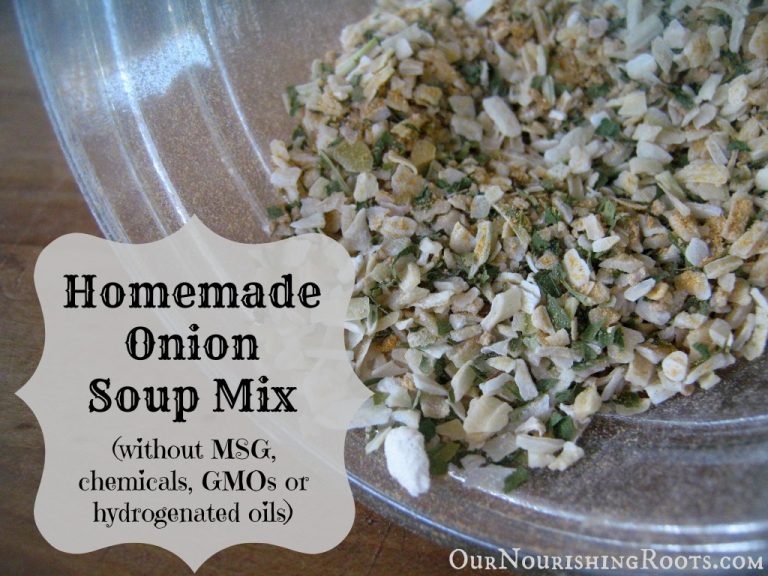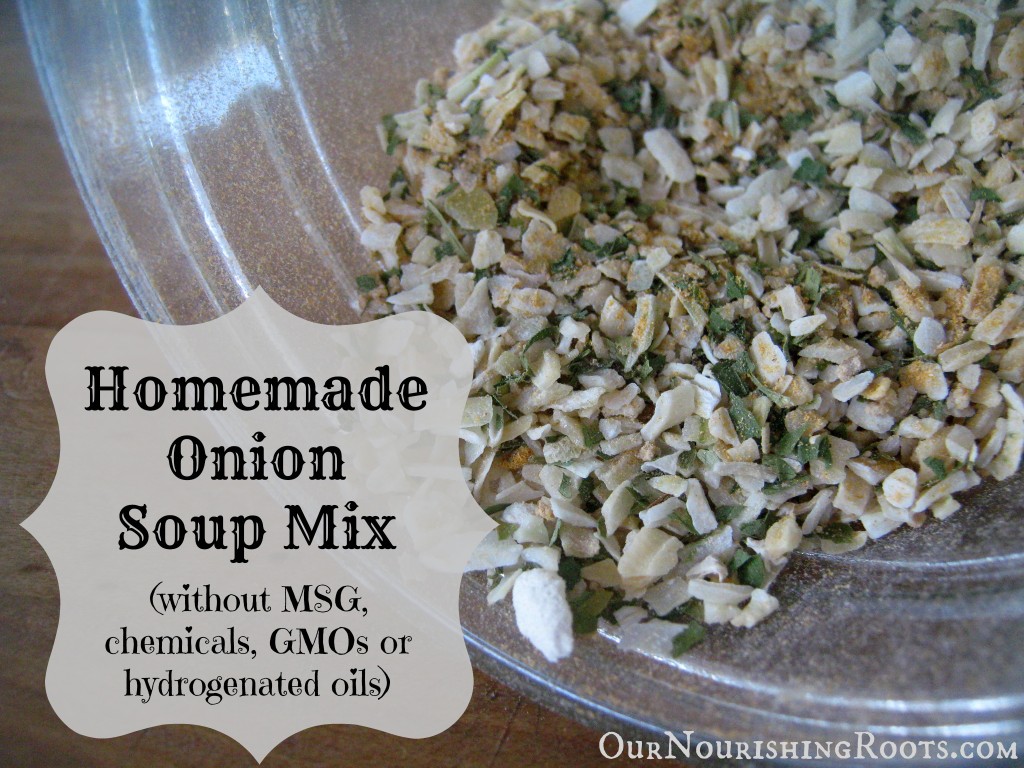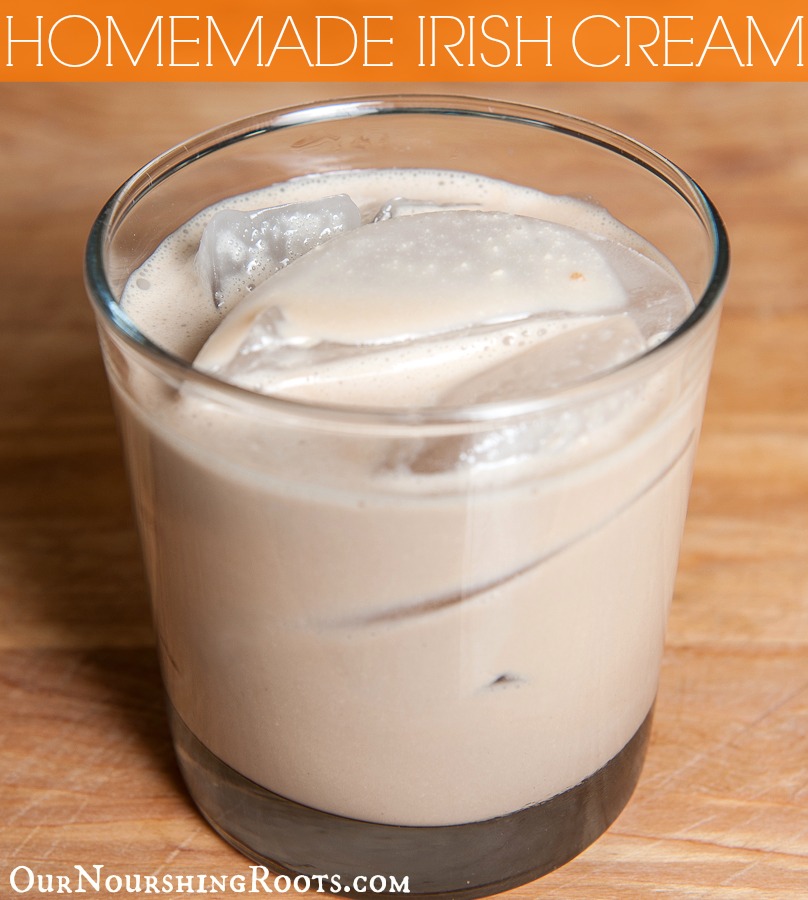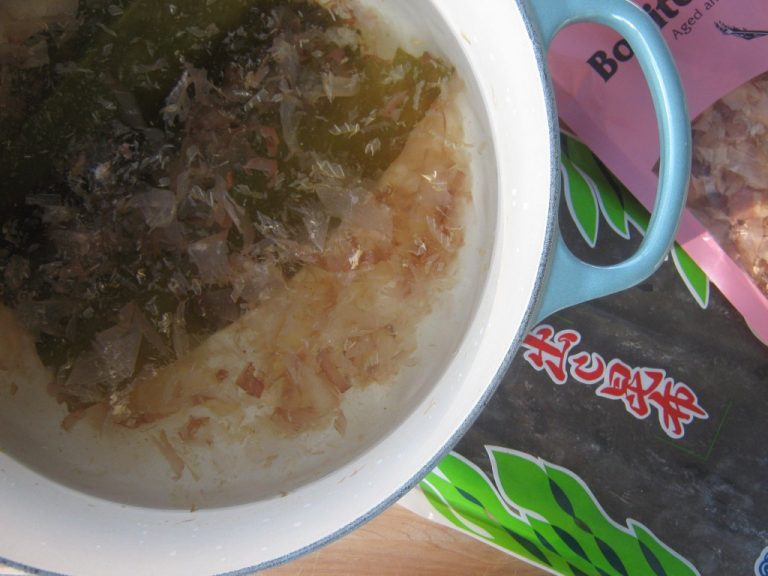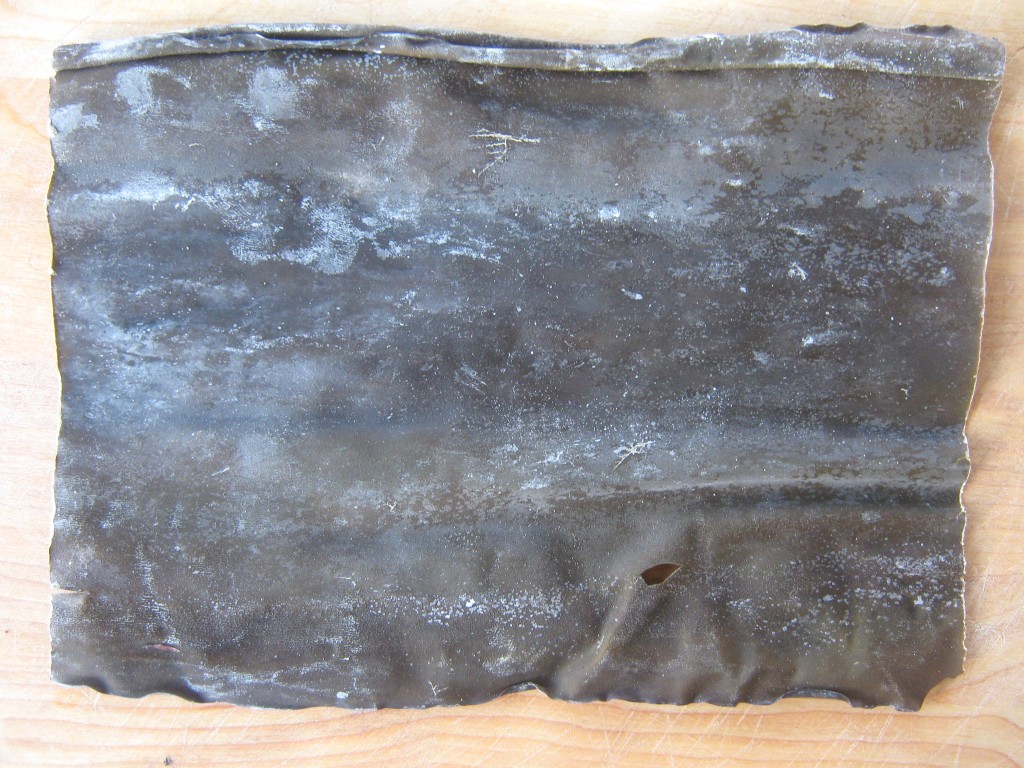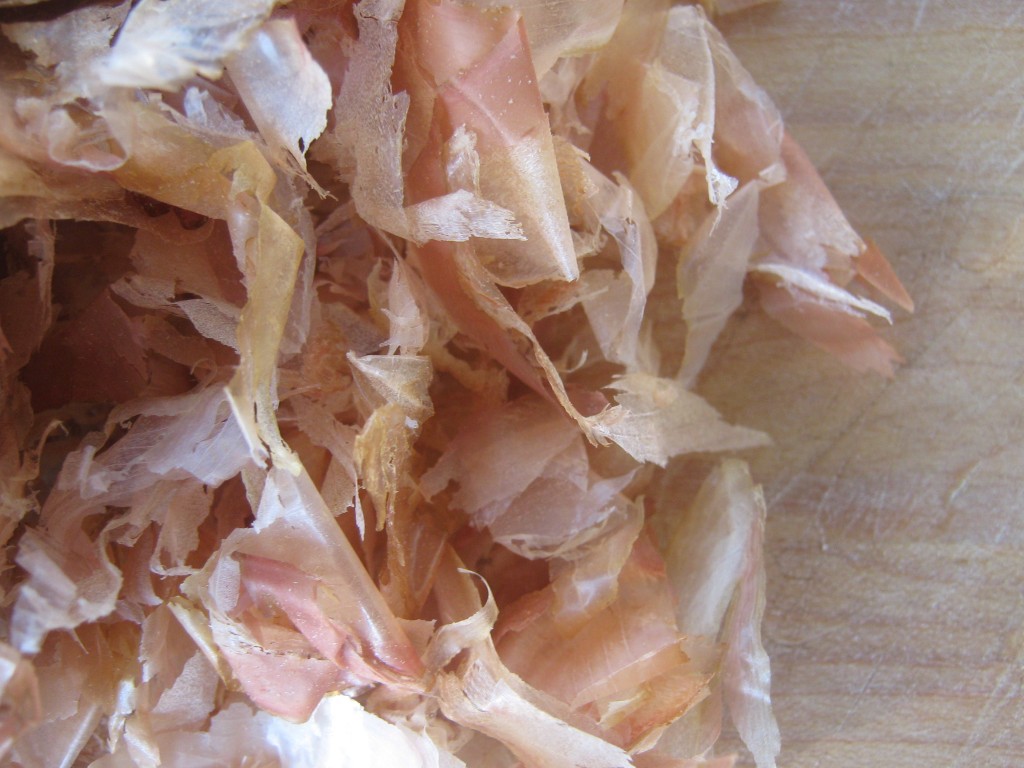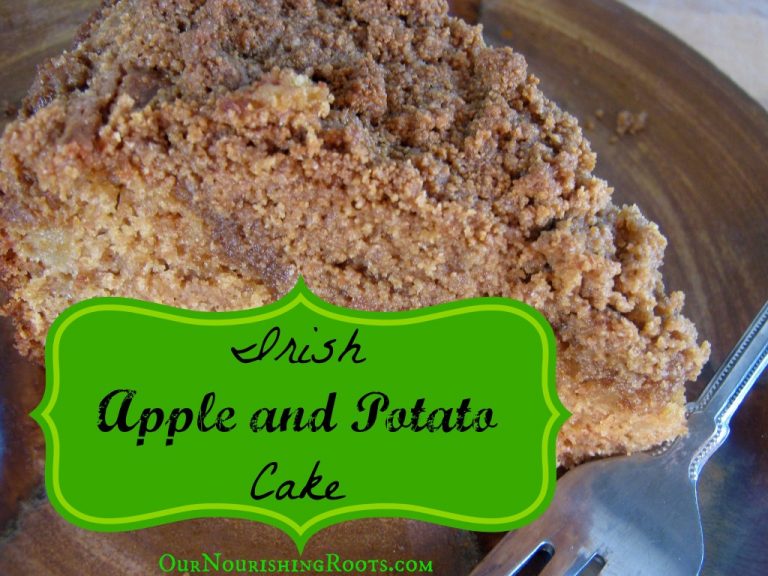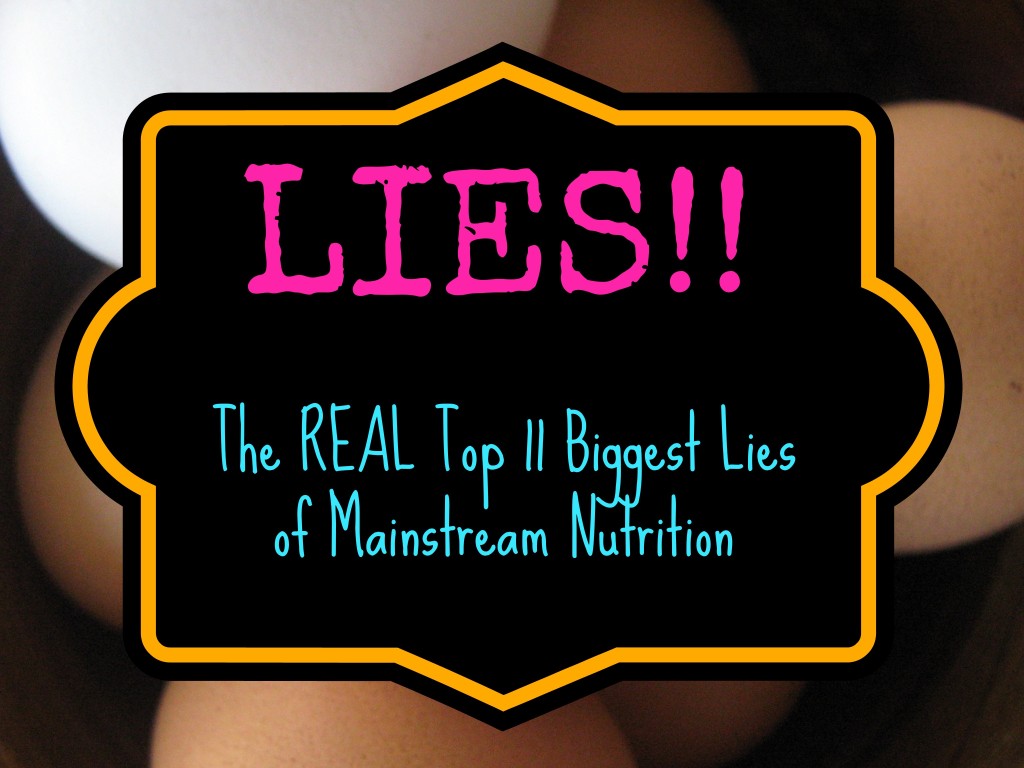
Today I want to share with you a post I accidentally found the other week. It’s titled Top 11 Lies of Mainstream Nutrition. As you probably know, I am against most of mainstream dietary advice that is being shared constantly in the media as the only true right method of losing weight. So I was excited to read if the person who wrote that post had the same ideas as I.
I must say I was disappointed. I do not claim to be an expert on nutrition, far from it. But just reading that post made me confident that the author of the post isn’t either. They are clearly a follower of most fad diets that often take an extreme approach to nutrition. All grains are bad, all sugars are bad, etc. – you get the gist. Which I know can work for some people but it’s definitely not the healthiest option out there and it won’t solve everyone’s dietary problems.
All nutrients can come from better or worse sources. I don’t eat a lot of grains but I do eat them. And when I eat grains, I make sure they come from soaked or sprouted flours. I do not cut out sugar completely but I will happily drizzle my pancakes with some raw honey or grade B organic maple syrup. I will continue to eat dairy as long as it’s grass-fed. It’s all about the balance.
And even when you eat like me, there is nothing wrong with the occasional breaking of rules. I won’t stress over things I can’t control.
But let’s go back to the aforementioned blog post. I am going to quote the Top 11 Lies of Mainstream Nutrition and give my short opinion about each of them. I see no problem with most of them but there are four lies that I simply can’t agree with.
The so-called Top 11 Lies of Mainstream Nutrition
-
Eggs are unhealthy.
Yup, I agree. This is a lie. Pastured eggs are full of healthy nutrients that will make our bodies stronger. We tend to think that eggs contain cholesterol and that makes them bad. But we need some cholesterol in our food to help our brain properly function. Eggs are a good source of healthy cholesterol.
-
Saturated fat is bad for you.
A lie. I am so happy to see someone else spreading this idea. It has been ingrained in our society that saturated fats are bad because they cause cardiovascular diseases but that link has been debunked many times. I even wrote a whole blog post about it here.
-
Everybody should be eating grains.
Yeah, I’m not buying that one. I believe that we really should be eating grains. They can be hard to digest so they should be properly soaked and sprouted before eating to aid digestion. And if you have a severe gluten allergy then of course you should not be eating gluten and instead, choose gluten-free grains. Grains are a very versatile group.
-
Eating a lot of protein is bad for your bones and kidneys.
Another lie. Protein is one of the three basic macronutrients and we need it in our diet. Our ancestors ate meat all the time and they didn’t die of kidney failure. Healthy grass-fed and pastured meats are a very good source of protein. And of course, if you don’t want to eat meat for ethical reasons then there is nothing wrong with that too. You shouldn’t force yourself to eat anything you don’t want to (and vice versa).
-
Low-fat foods are good for you.
Yes, this is another lie. Fat has become so villainized that we no longer think about how it’s just another macronutrient, like protein and carbohydrates. We need all three of them to function so cutting out fat completely isn’t an option. We just need to choose good sources of fat (like nuts, avocado, butter) instead of deep-fried foods. Why would I drink fat-free milk and deprive myself of all the nutrients dairy can provide?
-
You should eat many small meals throughout the day.
Yes, I also disagree with this statement. You should what works for you and your daily schedule. This method of eating was invented to help people with blood sugar problems keep their sugar levels balanced. But if you don’t have those problems and aren’t diabetic then why would you follow guidelines that don’t apply to you? And it’s not like eating several small meals is going to help you cure diabetes anyway. It’s not a good solution.
-
Carbs should be the biggest source of calories.
I can’t really agree with this being a lie. Eating a lot of carbs isn’t necessarily bad, as long as they come from a good source. Are you seeing a pattern here?
-
High omega-6 seed and vegetable oils are good for you.
This is a lie. Seeds aren’t always going to be healthier than properly prepared grains and starches. Vegetable oils aren’t always going to be healthier than grass-fed butter or coconut oil. You’ll notice that yourself when you start reading the ingredients lists on the packaging. I’d much rather use low omega-6 fats than the best sunflower oil brand there is.
-
Low carb diets are dangerous.
This one is somehow related to the previous one. I do agree that low carb diets can be dangerous although some people will thrive on one just fine. Eating fewer carbs is dangerous because it can wreck your metabolism which leads to lower body temperatures, cold hands and feet, and less energy to function throughout the day. So if you decide to go low carb, be careful with how you go about it and stop immediately once you see any negative effects. I wrote about how to improve metabolism here.
-
Sugar is unhealthy because it contains “empty” calories.
There’s a lot to unpack here. What’s unhealthy is the processed chemically-bleached refined sugar we choose most often. I agree that those kinds of sugars are not good for you. That’s why you should choose natural sweeteners, like honey, coconut sugar, or whole cane sugar. I will never feel guilty because I ate honey-sweetened chocolate made with organic cocoa butter. As long as sugar isn’t the only thing you eat then there really is no reason to fear it.
-
High fat foods will make you fat.
A blatant lie. Eating fat doesn’t make you fat. Eating an unbalanced diet full of extremes is what can make you fat (although sometimes your diet has nothing to do with your body weight!). Fat is just another macronutrient we need to function so avoid fat-free products and instead, enjoy all the healthy fats you want to eat.
I agree with most points made by the author but there are some false assumptions there that I just needed to point out. And as a bonus, I prepared for you my own list of top 11 mainstream nutrition lies, with the lies debunked above replaced with my own:
The Real 11 Top 11 Lies of Mainstream Nutrition
- Eggs are unhealthy.
- Saturated fat is bad for you.
- Everybody should be avoiding grains. Grains are healthy! Only avoid them if you are really allergic or sensitive but remember that most grains can be substituted with other grains. And you can try soaking and sprouting them to make them easier to digest.
- Eating a lot of protein is bad for your bones and kidneys.
- Low fat foods are good for you.
- You should eat many small meals throughout the day.
- [Fill in the blank] should be your biggest source of calories. Just no. Include all of the macronutrients in your diet in a balanced way. Do not cut one out in favor of another.
- High omega-6 seed and vegetable oils are good for you.
- Diets are good for you. No, they are not. Dieting puts unnecessary stress on our bodies and often is a source of harmful restrictions (low calories, no grains, no fat, etc.). This will lead to health problems in the long run.
- Sugar is unhealthy. It’s not inherently bad. It all depends on how much sugar you eat throughout the day and what source it came from. There is a place for sugar in a healthy diet.
- High fat foods will make you fat.
That’s my personal list of the biggest mainstream nutrition lies. Isn’t it sad how we are being bombarded with them almost every day by the media? Do not follow blindly the newest dieting fads. Challenge them and if you try them, listen to your body to see how it feels. You are the only one who can judge what is best for you.
